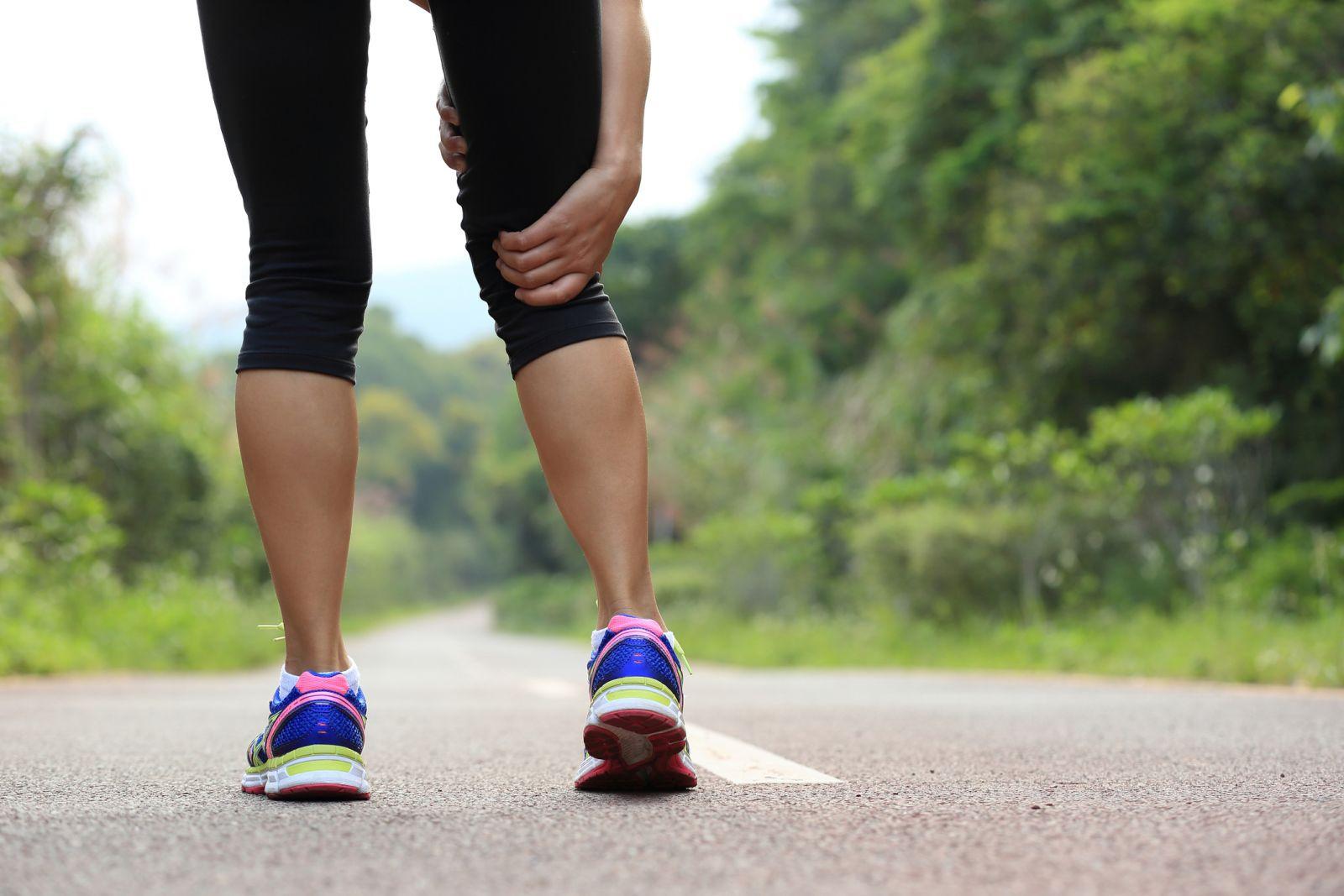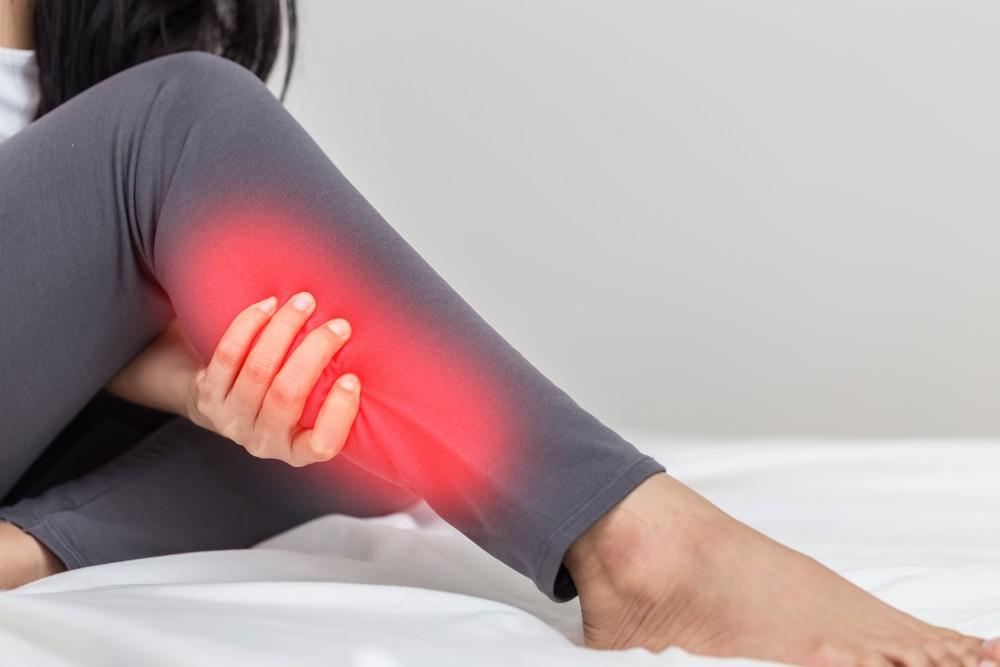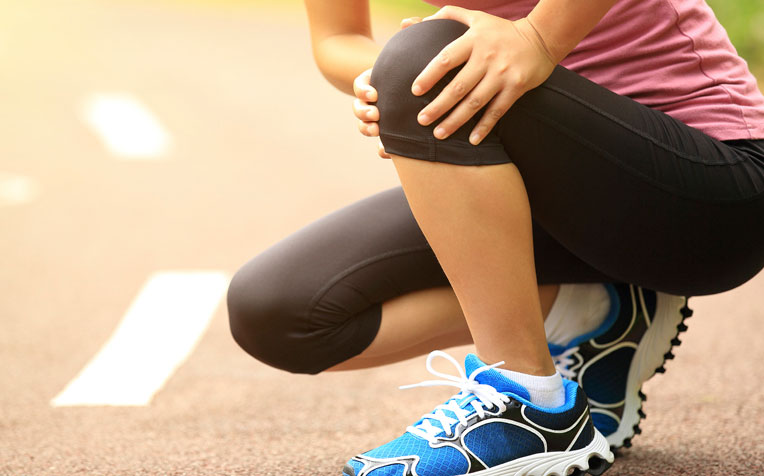After an intense workout, it’s not uncommon to experience some discomfort or pain in your legs. Whether you’ve pushed yourself during a run, hit the gym, or engaged in a new exercise routine, that post-exercise leg soreness can be a bit of a downer. But don’t worry! There are simple and effective ways to relieve those aching muscles and get back on your feet feeling refreshed. In this guide, we’ll share easy and practical tips to relieve pain in your legs after exercise, so you can keep moving towards your fitness goals comfortably.

Contents
How To Relieve Pain In Legs After Exercise?
Proper stretching is crucial after a workout to alleviate leg pain. Take a few minutes to perform targeted stretches that focus on the muscles you’ve worked. Try the following stretches to release tension and promote recovery:
- Hamstring stretch: Sit on the floor with one leg straight and the other bent at the knee. Lean forward while keepin your back straight, feeling a stretch in the back of your thigh. Hold for 30 seconds and repeat with the other leg.
- Quad stretch: Stand straight and bring one foot towards your glutes, holding onto it with your hand. Feel the stretch in the front of your thigh. Hold for 30 seconds and switch to the other leg.
1. Apply ice or heat therapy:
Both ice and heat therapy can be effective in reducing post-workout leg pain. Ice therapy helps to numb the area, reduce inflammation, and minimize muscle soreness. Heat therapy, on the other hand, increases blood flow, relaxes muscles, and provides soothing relief. You can apply an ice pack or a warm towel to your legs for 10 to 15 minutes.
2. Elevate your legs:
Elevating your legs after exercise can help reduce swelling and improve circulation. Find a comfortable position and prop your legs up, supporting them with pillows or a cushion. Doing this for 15 to 20 minutes can aid in the recovery process.
3. Gentle massage:
A gentle self-massage can work wonders in relieving leg pain after a workout. Use your hands or a foam roller to apply light pressure and knead the muscles in your legs. This helps increase blood flow and release tension, promoting faster recovery.
Causes of leg pain after exercise
Here are some of the main reasons why you may experience leg pain after exercise:

1. Delayed Onset Muscle Soreness (DOMS):
Delayed Onset Muscle Soreness, commonly known as DOMS, is a familiar post-workout experience. It typically develops 12-24 hours after exercising and reaches its peak painfulness at 24-72 hours. DOMS occurs due to microscopic damage to the muscles caused by exercise. As your muscles heal and repair, they can become sore and tender.
DOMS is often associated with activities like strength training, weightlifting, jogging, step aerobics, Zumba, yoga, and Pilates. However, any new physical activity can cause muscle soreness.
2. Acute Muscle Pain/Soreness:
Acute muscle pain or soreness is different from DOMS. It occurs during or immediately after exercise and usually subsides within an hour or so. The cause of acute muscle pain is the buildup of byproducts produced as your body breaks down glucose for energy. Byproducts like lactic acid can build up during intense exercise, causing that burning sensation in your leg muscles.
Prevention of leg pain after exercise
To avoid leg pain after a workout and promote faster recovery, there are several preventive measures you can take. By incorporating these strategies into your routine, you can minimize discomfort and optimize your post-exercise recovery:

1. Proper Warm-up: Start your workout with a dynamic stretching routine. This will help increase blood flow to your muscles, improve flexibility, and prepare your body for the upcoming activity. Walking lunges, arm circles, and leg swings are all examples of dynamic stretches that can warm up your legs effectively.
2. Gradual Progression: Avoid sudden increases in intensity or duration of your workouts. Instead, aim for gradual progression over time. This allows your muscles, tendons, and joints to adapt gradually, reducing the risk of excessive strain and post-workout leg pain.
3. Correct Form and Technique: Pay attention to your form and technique during exercises. Using proper form not only maximizes the benefits of the exercise but also minimizes the stress on your muscles and joints. If you’re unsure about the correct form, consider seeking guidance from a fitness professional.
4. Adequate Rest and Recovery: Allow your body enough time to recover between workouts. Rest is essential for muscle tissue repair and growth. Aim for at least one or two days of rest per week and listen to your body’s signals of fatigue or excessive soreness.
5. Incorporate Strength Training: Include strength training exercises in your workout routine. Building adequate strength in your leg muscles can provide better support and stability, reducing the chances of post-workout leg pain.
6. Stay Hydrated: Proper hydration is crucial for muscle function and recovery. Make sure to drink enough water throughout the day, especially during and after your workouts.
7. Cool-Down and Stretching: After your workout, don’t forget to cool down and perform static stretching exercises. These stretches can help reduce muscle tension, improve flexibility, and alleviate post-workout leg pain. Focus on stretching the major muscles of your legs, such as the hamstrings, quadriceps, and calves.
Frequently Asked Questions
Why do my legs hurt 2 days after squats?
Delayed Onset Muscle Soreness (DOMS) causes leg pain after squats. It occurs due to muscle contraction and minor tears, leading to moderate to severe pain.
How do you make your legs stop hurting after the gym?
To alleviate leg pain after the gym, you can apply ice packs, try massage, practice light stretching, or take painkillers or anti-inflammatory medication if necessary.

Hello, I’m Ravindra. Over the years, I’ve immersed myself deeply into the world of fitness and health, transforming both my body and mind. Writing has allowed me to share my journey, insights, and expertise with those just starting out and seasoned fitness enthusiasts alike. Beyond just routines and diets, I believe in inspiring others to adopt a holistic approach to well-being.
